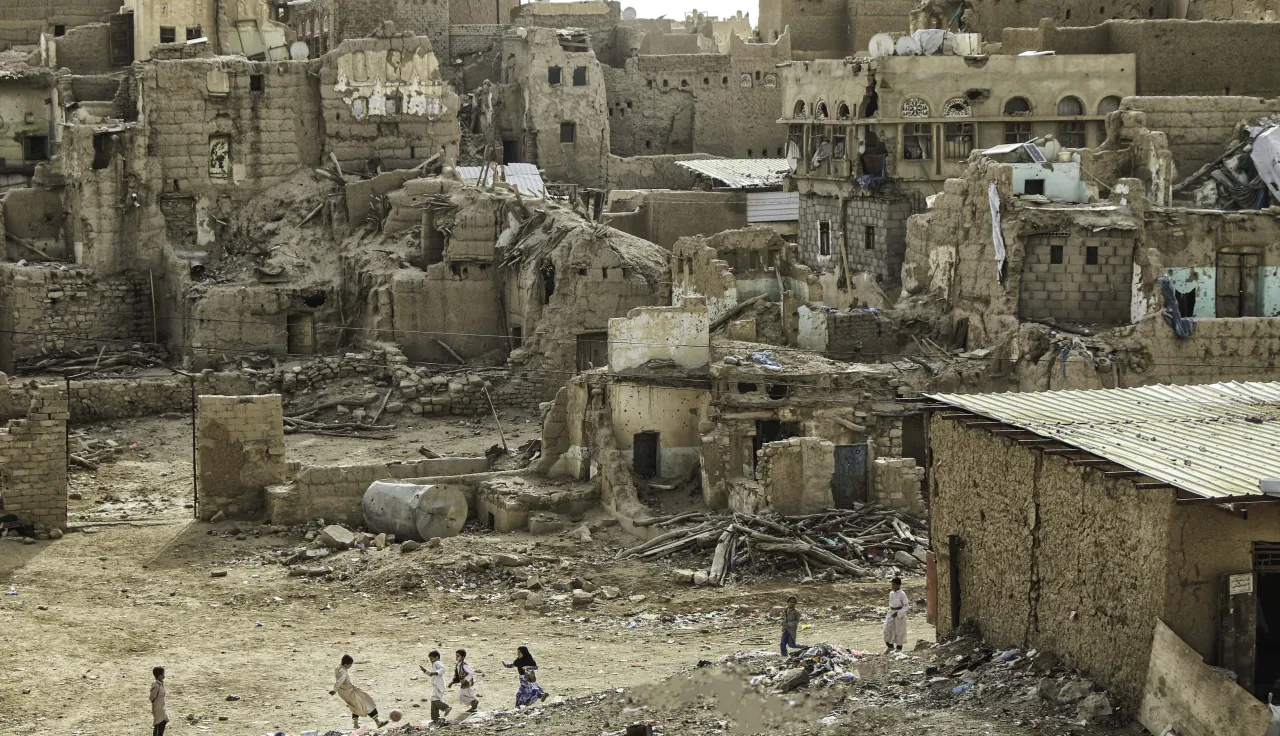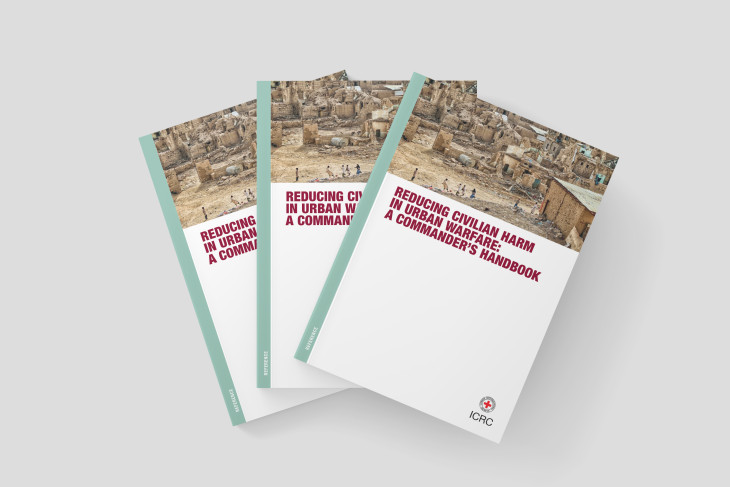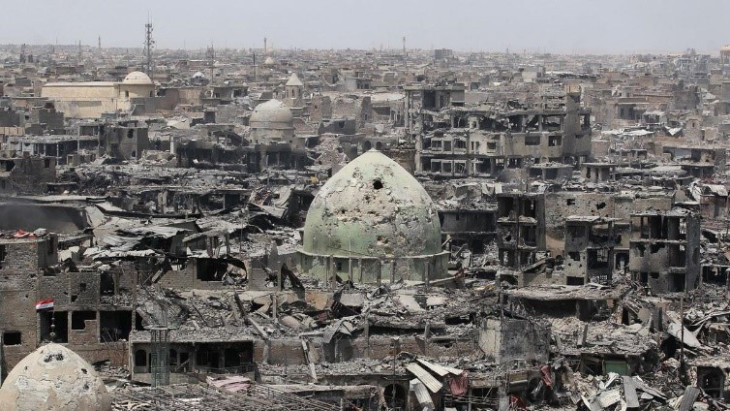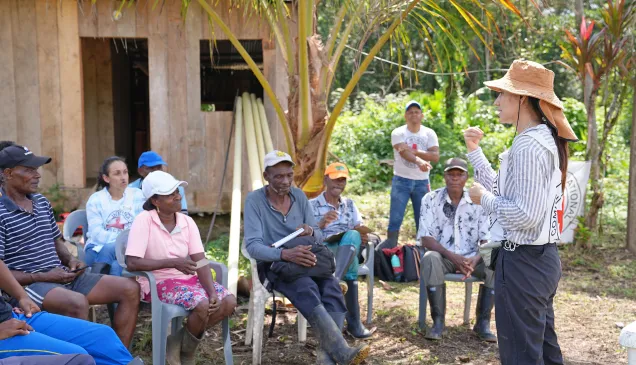Reducing Civilian Harm in Urban Warfare: A Commander’s Handbook

While the humanitarian consequences of urban combat are all-too visible in recent examples such as Gaza, Aleppo, Marawi and Mosul, the prevalence of wars waged in cities will likely continue to increase as populations growingly concentrate in urban areas.
We know that urban warfare kills, injures and displaces significantly more civilians - and destroys more critical civilian infrastructure and essential services - than any other combat in open areas. In addition, we often see how after fighting, explosive remnants of war or unexploded ordnance delay the reconstruction and prolong, or prevent, the return of those displaced. As the physical world violently crumbles apart in front of the eyes of families living through urban warfare, the emotional and mental costs are very real. The intensity and proximity of urban warfare to civilian life can cause lasting psychological scars on the survivors.
For the purpose of reducing civilian harm and suffering, and in order to assist military commanders and subordinates alike in identifying ways to do so, the International Committee of the Red Cross (ICRC) has written the following Commander's guidebook:

This handbook guides us through the main applicable frameworks of international humanitarian law (IHL) in urban settings and assembles recommendations for commanders around topics as:
- Urban warfare doctrine, highlighting the protection of civilians as a key element of urban operations, while weighting alongside mission accomplishments and force protection within the limits of the laws of armed conflict (LOAC);
- Specific and realistic urban warfare training prior to operations, including the emphasis on practical application of LOAC by junior commanders;
- Planning of urban operations that considers human terrain and infrastructure in detail, not only as they might impact the battle but in terms of the impact of the fighting on them as well – including the priority of options to avoid and, or, mitigate civilian harm;
- Conduct whilst always operating within LOAC obligations, meaning commanders should favor means and methods which first avoid and, if not possible, mitigate civilian harm;
- Finally, the handbook also addresses partnered operations, and annexes to assist in the planning of evacuations and screenings of those people leaving an urban area.

Representatives of the ICRC engage with soldiers of a UK armoured Battle Group outside Fallujah, Iraq, (March) 2004

Mosul, 2017. ICRC Archives
The timing of the handbook's release also coincides with the Senior Workshop on International Rules governing Military Operations (SWIRMO) in late-October/early November , which was a hybrid event organized in Geneva this year, in which more than 300 senior military officers from 90 countries participated.
Further resources:
- ICRC Humanitarian law & policy blog series on Urban Warfare
- Podcasts on the Humanitarian consequences of urban warfare: part 1 & part 2



